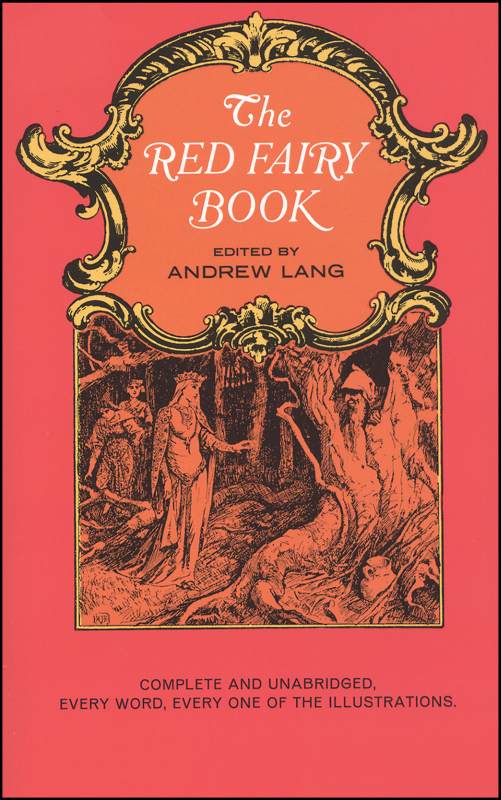[button color=”black” size=”big” link=”http://affiliates.abebooks.com/c/99844/77798/2029?u=http%3A%2F%2Fwww.abebooks.com%2Fservlet%2FSearchResults%3Fisbn%3D9780393046748″ target=”blank” ]Purchase here[/button]
Patrick OBrian’s twenty novels about dashing 19th-century British naval hero Jack Aubrey, and his tortured, intellectual best friend Stephen Maturin, combined an ear for language, an eye for imagery, a nose for authentic historical fact, a feel for the complex hearts and motives of human beings, and a taste for gripping drama and thrilling adventure. So as you read this series that spanned thirty years of creativity (1969-99), and which nevertheless seems like one uninterrupted tale, you find yourself experiencing a feast for all the senses. Behold, the vivid picture of a lithe frigate sailing on a bowline. Hearken to the beautiful, intimate music shared by a ships captain and its surgeon. Feel the sway of the deck and the roar of guns shaking your universe. Smell the salt spray, the smoke of battle. Taste the delights of humor, romance, tragedy, triumph, suspense, intrigue, and the simple pleasures of a daily routine that is now completely extinct.
It has been very satisfying to follow Jack Aubrey from his first command in Master and Commander, through the tenth book that has already become a film (The Far Side of the World), and beyond. At this writing I confess that I am only on the twelfth book of the twenty. But what books! These are books that I cannot stop reading until I get to the last page. And the rumor that OBrian was working on a twenty-first part of the series when he died will probably gripe my heart as I turn the last page of the last book. I have spoken highly of C.S. Foresters Horatio Hornblower series; but I think OBrians work is even better.
OBrian also wrote a collection called The Rendezvous and Other Stories; biographies of Picasso and Joseph Banks (the English naturalist who sailed with Captain Cook); a novel titled Testimonies, and two early works of naval fiction which are currently in print, The Golden Ocean and The Unknown Shore.
Before I leave off, I would like to plug a couple of very helpful support books. First, I recently came into possession of A Sea of Words by Dean King et al, Third Edition, published by Owl Books in 2000 the year of Patrick OBrians death. It is a very simple, clear, well-written lexicon and companion to the complete seafaring tales of Patrick OBrian. In other words, it is a dictionary, explaining not only nautical terms but also foreign phrases, biblical and literary references, and historical figures mentioned in the Aubrey-Maturin series. Why buy it? Well, I bought it because I have enjoyed OBrians books very much, even without being able to guess what bitts and hances are, to say nothing of the difference between shrouds and sheets. In the first hour that I spent with this book, I learned the solution to dozens of puzzles that had been lingering in the back of my mind, mostly ignored but subtracting just a bit from my overall enjoyment of OBrians magnificent novels. So thats one recommendation.
Second, I was also delighted to find Patrick OBrians Navy: The Illustrated Companion to Jack Aubreys World, a large-format coffee-table book with color pictures, edited by Richard ONeill. It includes really helpful diagrams of the parts of a ship, paintings from the period (say, late 1700s and early 1800s) in which Jack Aubrey would have lived, a thorough explanation of what Aubreys political, naval, and cultural world was like, a glossary of naval terms, and a guide to the characters in OBrians novels. By now I have probably guessed enough from reading the canon that I dont really need this book, but I enjoy having it much as we Harry Potter fans enjoy visiting Mugglenet. ONeill & co. make a case for calling OBrians landmark series the Aubreyiad, a reference to Homers Iliad and a measure of how popular and respected these books are becoming. At another point, ONeill compares OBrians writerly qualities to those of Jane Austen. If you havent read any of the Aubreyiad, I hope these comparisons will intrigue you. And if the books are too hard to read at first, do look into ONeills and Kings helpful companion works.



